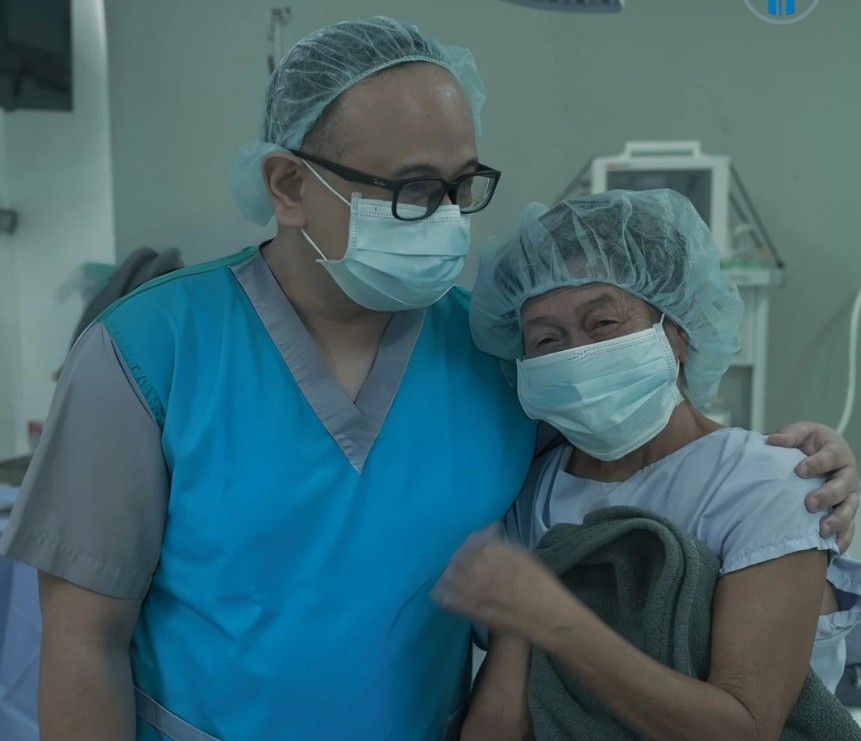Understanding Pelvic Organ Prolapse
Pelvic organ prolapse occurs when one or more of the pelvic organs, such as the bladder, uterus, or rectum, descend from their normal position and press against the vaginal walls. This condition can result from weakened pelvic floor muscles, often due to childbirth, aging, or chronic pressure on the abdomen. Women experiencing prolapse may notice symptoms such as a feeling of heaviness, discomfort during daily activities, urinary incontinence, or difficulties with bowel movements. Different types of prolapse include cystocele (bladder prolapse), rectocele (rectum prolapse), and uterine prolapse, each with unique challenges and treatment considerations. Understanding the severity of prolapse is essential because it influences the therapy options recommended by healthcare professionals. Recognizing early symptoms can empower women to seek therapy before complications increase. Education about prolapse encourages a proactive approach to pelvic health and overall well-being.
Medical Assessment and Diagnosis
A thorough medical evaluation is the first step in effective prolapse therapy. Healthcare providers conduct detailed physical exams to determine the type and severity of the prolapse, often using imaging or specialized diagnostic tools. During this assessment, patients are asked about their symptoms, daily activity level, and medical history to guide treatment decisions. Early detection is particularly important as it allows for less invasive interventions and better long-term outcomes. Prolapse therapy plans are tailored to individual needs, considering factors such as age, lifestyle, and overall health. Regular checkups help track changes and ensure that therapy remains effective. Understanding the diagnostic process helps patients feel more informed and confident when engaging with their treatment plan.
Non-Surgical Prolapse Therapy Options
Non-surgical prolapse therapy can be highly effective in managing symptoms and strengthening the pelvic floor. Pelvic floor exercises, commonly known as Kegels, are central to these strategies, helping to restore muscle tone and support to pelvic organs. Physical therapy guided by a trained specialist can offer personalized routines that target weak areas and promote proper muscle engagement. In addition to exercises, medical devices such as pessaries provide structural support and relieve pressure on the vaginal walls. Lifestyle adjustments, including maintaining a healthy weight, avoiding heavy lifting, and addressing chronic constipation, complement these therapy approaches. For many women, consistent engagement in non-surgical therapy can significantly reduce symptoms and improve quality of life. Education about these options empowers individuals to take control of their health without immediately resorting to surgical interventions.
Physical Therapy Techniques for Prolapse
Specialized physical therapy plays a critical role in prolapse therapy, addressing the underlying muscular and connective tissue weaknesses. Pelvic floor therapists use techniques such as biofeedback, where sensors provide real-time feedback on muscle activity, to ensure exercises are performed correctly. Electrical stimulation may also be employed to strengthen muscles that are difficult to engage voluntarily. Therapy sessions typically focus on building endurance, flexibility, and strength in the pelvic region. Consistent practice of these techniques not only relieves current symptoms but also helps prevent progression of prolapse. Educating patients on proper posture, breathing, and movement strategies further enhances therapy outcomes. Physical therapy provides a structured, safe, and non-invasive path to improved pelvic health.
Surgical and Minimally Invasive Options
While many women benefit from non-surgical prolapse therapy, surgery may be necessary in cases of severe or persistent prolapse. Surgical techniques vary depending on the type of prolapse and the patient’s health, ranging from minimally invasive laparoscopic procedures to more traditional reconstructive surgery. Surgery aims to restore the normal positioning of pelvic organs and strengthen supporting structures, often with long-term symptom relief. Post-surgical therapy is essential to maximize outcomes, incorporating physical rehabilitation and lifestyle adjustments to support recovery. Even after surgery, patients are encouraged to continue pelvic floor exercises to maintain strength and prevent recurrence. Understanding surgical options allows patients to make informed choices and feel confident in their treatment journey. Collaboration with experienced surgeons and therapists ensures that the approach is both safe and effective.
Self-Care and Daily Management Strategies
Effective prolapse therapy extends beyond formal treatments and incorporates daily self-care practices. Simple habits like avoiding heavy lifting, practicing good posture, and performing regular pelvic floor exercises can significantly reduce strain on weakened tissues. Maintaining a high-fiber diet and staying hydrated helps prevent constipation, which can exacerbate prolapse symptoms. Patients are also encouraged to pace physical activity, taking breaks to relieve pressure and prevent discomfort. Utilizing supportive devices, such as pessaries, during activities can provide additional relief and confidence. Establishing consistent routines for therapy and self-care improves both physical and emotional well-being. Over time, these practices empower individuals to manage symptoms independently and maintain pelvic health as part of a holistic lifestyle.
Mental and Emotional Well-being in Prolapse Management
Prolapse therapy addresses not only physical symptoms but also the emotional and psychological impact of the condition. Many women experience anxiety, embarrassment, or stress related to their symptoms, which can affect social interactions and daily activities. Counseling, support groups, and online communities provide valuable resources for emotional support and practical advice. Mindfulness, meditation, and stress-reduction techniques can complement therapy by improving overall well-being. Encouraging a proactive mindset helps patients focus on what they can control, such as adherence to therapy and lifestyle adjustments. Recognizing the importance of mental health in prolapse management ensures a more comprehensive and successful treatment experience. Supportive care builds resilience and enhances confidence in navigating the challenges of prolapse.
Integrating Prolapse Therapy into Long-Term Health Plans
Prolapse therapy is most effective when incorporated into a long-term approach to pelvic health. Combining medical treatments, physical therapy, and lifestyle strategies creates a holistic plan that addresses both immediate symptoms and prevention of recurrence. Regular check-ins with healthcare providers and pelvic floor specialists help monitor progress and make necessary adjustments. Setting achievable goals, tracking improvements, and celebrating milestones reinforce adherence to therapy. Education on pelvic health, exercise techniques, and symptom management equips patients with the knowledge to maintain results over time. Integrating therapy into daily routines ensures consistent engagement and maximizes the benefits of interventions. A long-term perspective fosters sustained pelvic health and improved quality of life.
Frequently Asked Questions (FAQ)
What are the early warning signs of prolapse?
Early signs include a feeling of heaviness or pressure in the pelvic area, urinary incontinence, discomfort during activities, or a visible bulge in the vaginal area. Prompt attention to these symptoms improves therapy outcomes.
Can prolapse therapy completely reverse symptoms?
While therapy can significantly reduce symptoms and improve pelvic support, the effectiveness depends on the severity of prolapse and adherence to treatment. Non-surgical therapy often manages mild to moderate prolapse successfully.
How often should pelvic floor therapy be done?
Consistency is key. Most specialists recommend daily exercises, complemented by weekly therapy sessions if guided by a physical therapist, to achieve optimal results.
Are there risks associated with pessaries?
Pessaries are generally safe, but improper fitting or hygiene can lead to irritation, infection, or discomfort. Regular check-ups with a healthcare provider ensure safe use.
Can lifestyle changes reduce the chance of recurrence?
Yes. Maintaining a healthy weight, avoiding heavy lifting, managing constipation, and practicing regular pelvic exercises all contribute to reducing the risk of prolapse worsening.







